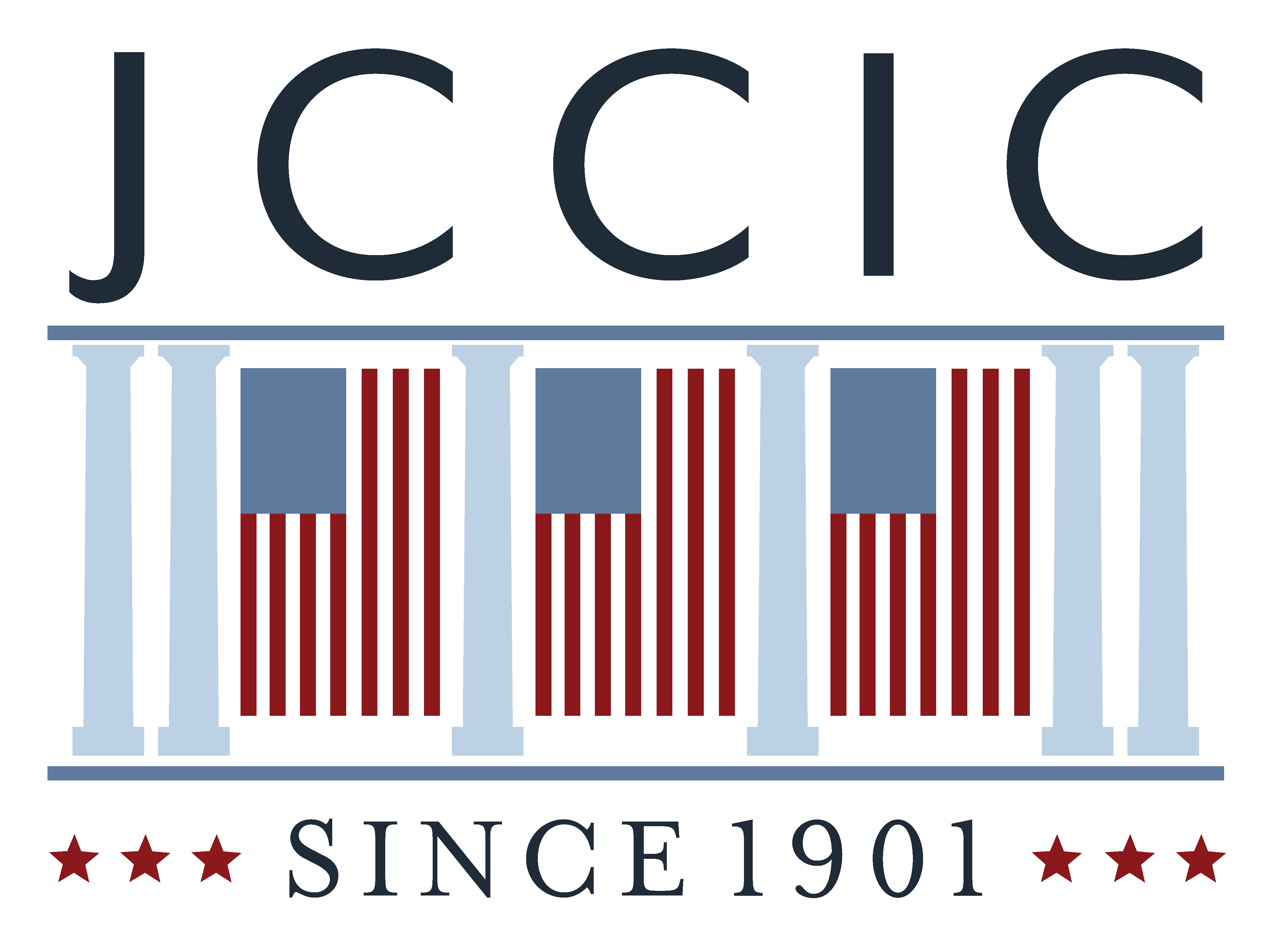YOUR GUIDE TO ATTENDING A PRESIDENTIAL INAUGURATION
The inauguration of the President of the United States is a historic event – a cornerstone of American democracy that occurs every four years. Witnessing the peaceful transfer of power firsthand is an unforgettable experience, and if you’re dreaming of being in Washington D.C. for this momentous occasion, here’s a guide to help you navigate the ins and outs of attending.
HOW TO OBTAIN TICKETS
There are two ways to secure tickets for the official swearing-in ceremony on the West Front of the U.S. Capitol:
- Through Your Congressional Representative or Senators: This is the primary method for most attendees. Each Member of Congress receives a limited number of tickets to distribute to their constituents. Find your Representative or Senator here: www.congress.gov/members/find-your-member
-
-
- When to Apply: Ticket requests typically open several months in advance of the inauguration (usually in the fall of the year preceding the inauguration). Keep a close eye on your representative’s and senators’ official websites for announcements and application procedures.
- Application Process: Be prepared to fill out an online form with your personal information. Due to high demand, tickets are often distributed via a lottery system.
- Tips: Contact both your House Representative and your two Senators. The more requests you put in, the better your chances. Be persistent but polite.
-
- Through the Official Presidential Inaugural Committee (PIC): Congress also allocates tickets for the swearing-in ceremony to the PIC (formed by the President-elect after the election). While the PIC usually distributes these tickets to supporters and staff of the campaign, they may also have tickets available for the general public. Please note that the PIC also organizes various inaugural balls and events, some of which may have tickets available for purchase or through specific lottery systems. Keep an eye on the official PIC website once established after the election.
Important Note: Official inaugural tickets to the swearing-in ceremony are free and distributed by Congressional offices and the PIC. Beware of third-party sellers claiming to have tickets for sale. As printed on the back of the tickets, tickets are “NOT FOR SALE.”
VIEWING AREAS: WHERE TO WITNESS HISTORY UNFOLD
There are ample opportunities to view the Inauguration, even if you don’t secure a ticket to the official swearing-in ceremony.
- Ticketed Sections (West Front of the U.S. Capitol): These are the prime viewing areas. Directly in front of the Capitol, they offer the best vantage points for the ceremony. Some sections may include seating, while others may be designated as a standing section. Specific areas will be set up for individuals needing accessibility accommodation.
- Standing Room Areas (National Mall): Large, non-ticketed standing-room sections are available on the National Mall west of 4th Street. While you will only have a distant view of the stage, large video screens are strategically placed throughout these areas, broadcasting the ceremony live.
- Parade Route: After the swearing-in ceremony, the newly inaugurated president traditionally parades along Pennsylvania Avenue from the Capitol to The White House. Spectators line the route and, while getting a front-row spot requires arriving very early, it’s a vibrant and exciting way to be part of the festivities.
DAY-OF TRANSPORTATION OPTIONS: NAVIGATING A PACKED CITY
Washington D.C. on Inauguration Day is incredibly crowded, and transportation will be significantly impacted. Planning your travel strategy is crucial:
- Metro (Subway): The Metro is generally the most efficient way to get around D.C. on Inauguration Day. However, be prepared for large crowds and lines. Consider purchasing a SmarTrip card in advance, or downloading the WMATA app, and load it with sufficient round-trip fare. Check WMATA (Washington Metropolitan Area Transit Authority) for service updates closer to the date, or plan your route in advance: www.wmata.com
- Walking: Once in the vicinity of the Capitol and National Mall, walking will be your primary mode of transportation. Be sure to wear comfortable shoes. Clear signage will provide directions to event viewing areas and ticketed sections, as well as to Metro stations.
- Rideshares/Taxis: While available, navigating road closures will make them less reliable and potentially very slow. Don’t rely on them as your primary mode of transport to the main event areas.
- Buses: Similar to the Metro, public bus routes may be affected by road closures and detours. Check schedules and routes in advance: www.wmata.com

